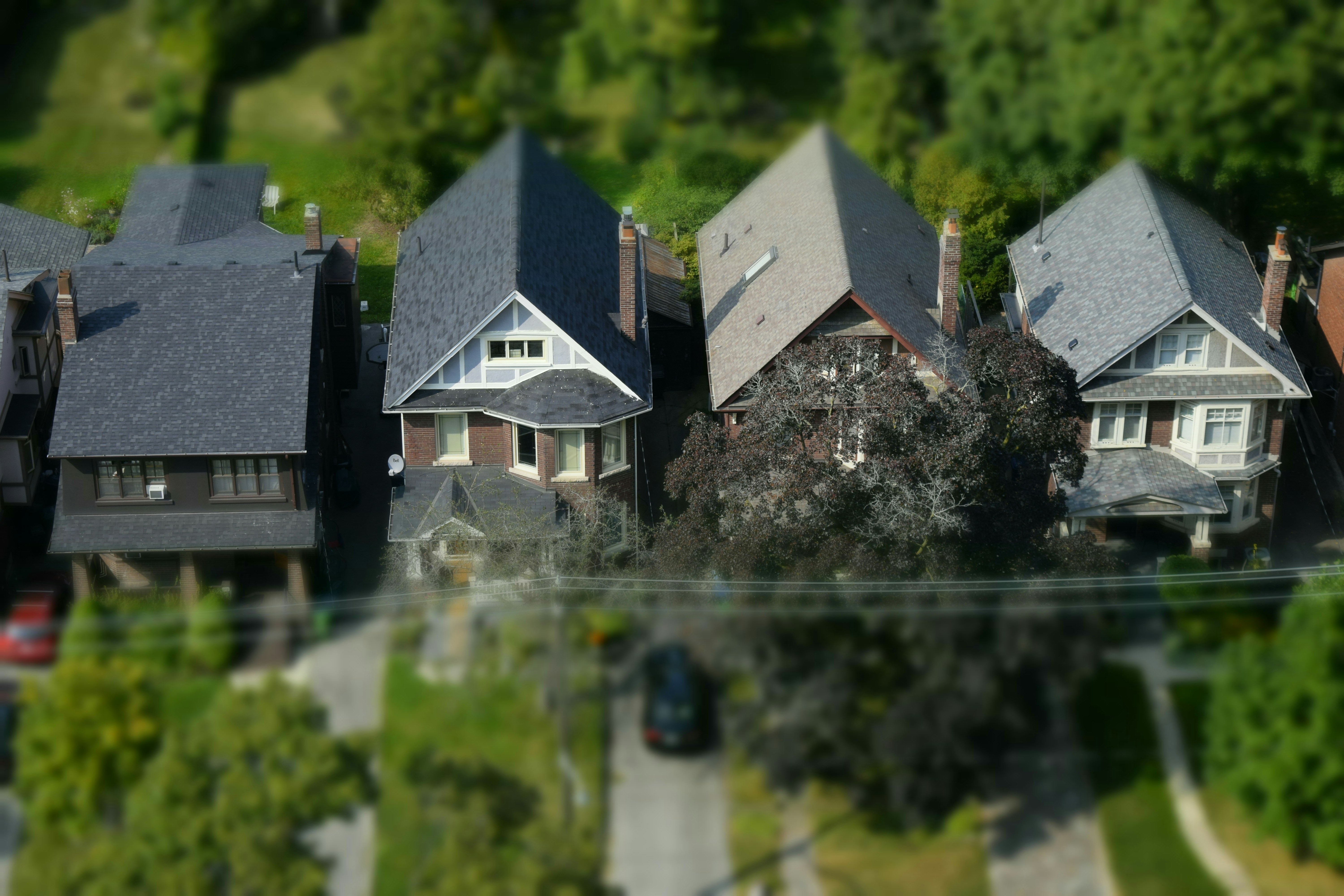
Building codes and regulations in Canada form the foundation of construction standards, ensuring safety, accessibility, and increasingly, environmental sustainability. For those embarking on green building projects, understanding these codes is essential for success. This comprehensive guide breaks down the complex framework of Canadian building regulations as they relate to sustainable construction.
The Structure of Canadian Building Codes
Canada's building regulatory system operates on multiple levels, with interconnected national, provincial, and municipal codes. Understanding this structure is the first step in navigating the regulatory landscape.
National Building Code of Canada (NBC)
The National Building Code serves as the model code that provinces and territories adapt for their jurisdictions. The NBC is published by the National Research Council (NRC) and updated approximately every five years, with the most recent edition released in 2020.
Key sustainable elements in the current NBC include:
- Enhanced energy efficiency requirements (Section 9.36)
- Provisions for alternative energy systems
- Requirements for air barriers and building envelope performance
- Standards for water conservation in plumbing systems
While the NBC provides the foundation, it's important to note that it only becomes legally binding when adopted by provincial, territorial, or municipal governments, often with modifications to suit regional needs.
Provincial and Territorial Adoptions
Each province and territory adopts and adapts the NBC according to their specific needs, climate conditions, and policy priorities. This creates variation across Canada that green builders must be aware of:
- British Columbia: The BC Building Code includes the BC Energy Step Code, a performance-based approach that establishes progressive energy efficiency targets.
- Ontario: The Ontario Building Code (OBC) features SB-10 and SB-12 supplementary standards for energy efficiency that exceed NBC requirements.
- Quebec: The Quebec Construction Code includes specific provisions for energy efficiency adapted to the province's colder climate.
- Alberta: The Alberta Building Code now includes Section 9.36 energy requirements with some modifications for the provincial context.
Municipal Requirements
Adding another layer of complexity, many municipalities introduce additional requirements or incentive programs for green building. Notable examples include:
- Vancouver: The Vancouver Building By-law is distinct from the BC Building Code and includes the Zero Emissions Building Plan, aiming for all new construction to be zero-emission by 2030.
- Toronto: The Toronto Green Standard sets tiers of environmental performance for new buildings with associated development charge refunds.
- Montreal: Building by-laws include specific requirements for green roofs on certain new constructions.
Key Code Sections Affecting Green Building
Energy Efficiency Requirements
Energy efficiency represents the most developed area of green building regulations in Canada. The NBC Section 9.36 and equivalent provincial sections establish minimum requirements for:
- Building envelope insulation (walls, roofs, foundations)
- Window and door thermal performance
- Air barrier systems to control leakage
- HVAC equipment efficiency
- Service water heating efficiency
The codes generally offer two compliance paths:
- Prescriptive Path: Following specific requirements for each building element
- Performance Path: Using energy modeling to demonstrate that the proposed design performs equal to or better than a reference building designed to prescriptive requirements
For green building projects, the performance path often provides more flexibility for innovative designs, though it requires more sophisticated analysis.

Ventilation and Indoor Air Quality
As buildings become more airtight for energy efficiency, mechanical ventilation requirements become increasingly important:
- NBC Section 9.32 mandates mechanical ventilation systems in all new residential construction
- Requirements for heat or energy recovery ventilators (HRVs/ERVs) in certain climate zones
- Minimum ventilation rates based on room function and occupancy
- Requirements for kitchens and bathrooms to control humidity and pollutants
Green building projects often exceed minimum ventilation requirements to achieve superior indoor air quality, which may require careful coordination with energy efficiency goals.
Plumbing and Water Conservation
Water conservation requirements in Canadian codes have evolved significantly in recent years:
- Maximum flow rates for fixtures (toilets, faucets, showerheads)
- Requirements for pressure-compensating devices
- Regulations governing hot water recirculation systems
However, many green building practices related to water remain ahead of minimum code requirements:
- Greywater reuse systems require special permits in most jurisdictions
- Rainwater harvesting systems must comply with CSA B805-18/ICC 805-2018 standard
- Composting toilets are addressed in some provincial codes but may require alternative solution applications
Renewable Energy Integration
Building codes are increasingly addressing renewable energy systems, though most focus on safety rather than mandating installation:
- Structural requirements for solar panel installations
- Electrical code provisions for grid connection (Canadian Electrical Code Section 64)
- Requirements for battery storage safety
- Some municipalities now mandate "solar-ready" construction with designated roof areas and conduit pathways
Provincial Variations in Green Building Requirements
British Columbia: Leading the Way
BC has established itself as a leader in green building regulations with the BC Energy Step Code, a first-in-North America approach that:
- Establishes a series of progressive performance steps from current code to net-zero energy ready
- Allows local governments to incentivize or require higher steps
- Focuses on measured outcomes rather than prescriptive requirements
- Currently includes 5 steps for Part 9 residential buildings and 4 steps for Part 3 buildings
Key metrics in the Step Code include:
- Thermal Energy Demand Intensity (TEDI)
- Mechanical Energy Use Intensity (MEUI)
- Building envelope air tightness (measured through blower door tests)
The BC government has established a timeline for raising minimum requirements through the steps, with all new construction required to be net-zero energy ready by 2032.
Ontario: Tiered Energy Conservation
Ontario's approach focuses on the Supplementary Standard SB-10, which:
- Establishes energy efficiency requirements approximately 13% better than the base NBC
- Offers multiple compliance paths including ASHRAE 90.1-2013 or NECB 2015
- Includes specific provisions for fenestration and thermal bridging
Additionally, the Ontario Building Code introduced energy conservation tiers in 2017 that municipalities can reference in green development standards:
- Tier 1: 15% better energy efficiency than base code
- Tier 2: 25% better energy efficiency than base code
- Tier 3: 35% better efficiency plus renewable energy requirements
- Tier 4: Near net-zero requirements
Quebec: Cold Climate Adaptations
Quebec's Construction Code includes specific provisions tailored to its colder climate:
- Enhanced insulation requirements for walls and roofs
- Mandatory air barrier continuity demonstration
- Requirements for triple-glazed windows in certain applications
- Specific provisions for preventing ice dam formation
Quebec also pioneered the Novoclimat program, which exceeds minimum code requirements and serves as a model for high-performance buildings in cold climates.
Navigating Alternative Solutions and Variances
For innovative green building approaches that don't fit neatly within prescriptive code requirements, Canadian building codes allow for "alternative solutions" (sometimes called "equivalents"):
The Alternative Solution Process
To gain approval for innovative green building techniques, you must demonstrate that your approach:
- Achieves at least the minimum level of performance required by the applicable code
- Addresses the same objectives and functional statements as the prescriptive requirement
- Is supported by adequate technical documentation and, when required, testing
Documentation typically includes:
- Detailed description of the proposed solution
- The code objectives and functional statements being addressed
- Supporting research, testing, or performance data
- Analysis comparing the alternative to code-compliant approaches
- Predicted performance outcomes
Common Alternative Solutions in Green Building
Several sustainable building practices typically require alternative solution applications:
- Straw bale construction: While not specifically addressed in most Canadian codes, several provinces have established alternative solution pathways.
- Rammed earth: Building officials generally require engineering reports and have relied on previous successful projects.
- Greywater recycling: Most jurisdictions require demonstration of water quality standards and backflow prevention.
- Natural plasters: Must demonstrate flame spread ratings and moisture resistance equivalent to code-required finishes.
For these alternative approaches, early consultation with building officials is crucial. Many jurisdictions now have staff specializing in green building who can provide guidance on the alternative solution process.
Future Directions in Canadian Building Codes
The National Model Codes 2025
The next major update to the Canadian model codes is scheduled for 2025, with several significant changes anticipated:
- Further strengthening of energy efficiency requirements to align with Canada's climate commitments
- New provisions for climate resilience and adaptation
- Expanded requirements for building energy monitoring and disclosure
- Potential adoption of embodied carbon considerations
- Introduction of more outcome-based compliance paths following BC's lead
The Shift to Carbon Metrics
Perhaps the most significant evolution in green building codes is the shift from energy efficiency to carbon metrics:
- Vancouver has already introduced greenhouse gas intensity (GHGI) limits in its building by-law
- Toronto is phasing in carbon performance metrics in the Toronto Green Standard
- The Canada Green Building Council is advocating for carbon-based metrics in national codes
This shift has significant implications for mechanical system selection, potentially favoring electric systems over natural gas in provinces with low-carbon electricity.
Practical Guidance for Green Building Code Compliance
Pre-Design Phase
- Research applicable codes and standards for your specific jurisdiction and building type
- Identify municipal green building requirements or incentive programs
- Consider voluntary certification programs (LEED, Passive House) and how they align with code requirements
- Schedule pre-consultation meetings with building officials for innovative approaches
Design Phase
- Determine whether prescriptive or performance compliance paths are more appropriate
- Engage energy modelers early if pursuing performance paths
- Document alternative solutions thoroughly, with emphasis on code objectives
- Consider commissioning requirements from the outset
Construction Phase
- Schedule inspections for critical green building elements (air barriers, insulation details)
- Document any field changes that might affect energy performance
- Prepare for blower door testing in jurisdictions where it's required
- Implement quality control procedures for key energy efficiency details
Conclusion
Navigating Canadian building codes for green construction requires understanding multiple layers of regulation, from national model codes to local requirements. While this complexity can be challenging, it also creates opportunities for innovative approaches that exceed minimum standards.
The trend toward performance-based and outcome-based code provisions offers greater flexibility for sustainable design, though it requires more sophisticated analysis and documentation. As Canadian codes continue to evolve toward broader sustainability goals, early engagement with code officials and careful planning become increasingly important for successful green building projects.
Ultimately, building codes establish minimum requirements—truly sustainable buildings typically aim well beyond code minimums to achieve optimal performance, comfort, and environmental benefits. By understanding the regulatory framework, green builders can navigate requirements efficiently while pushing the boundaries of sustainable construction in Canada.
Share this article:


